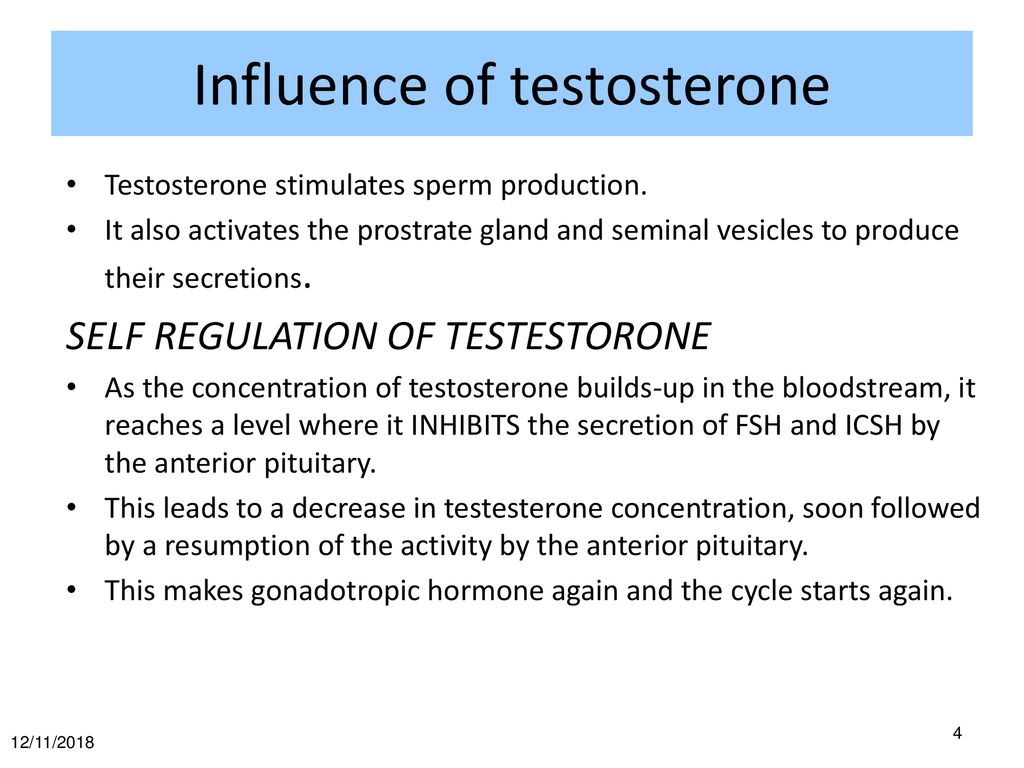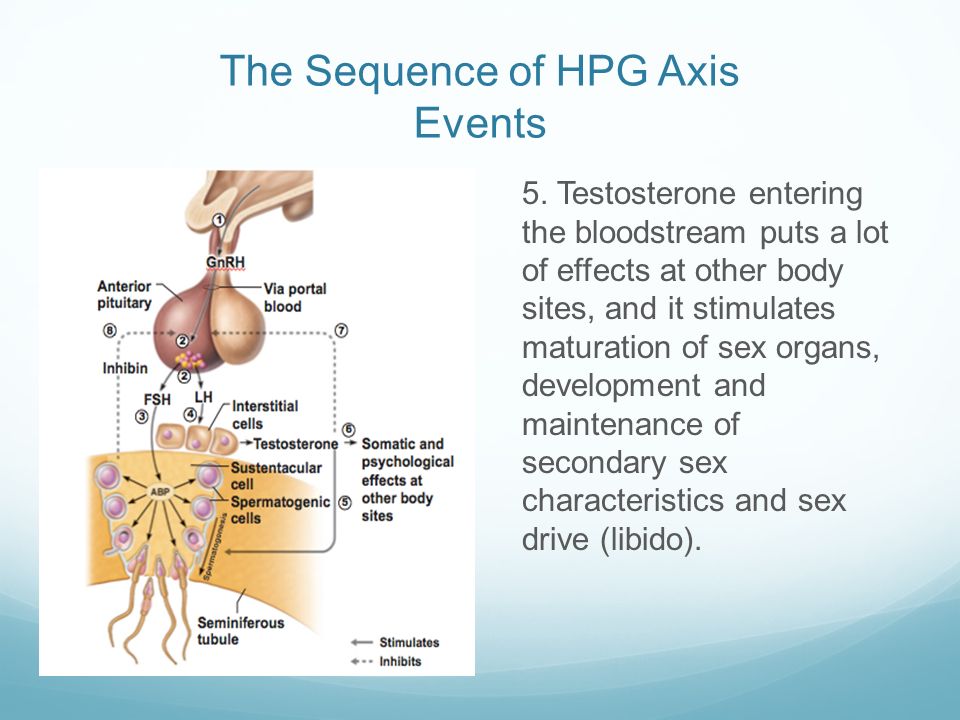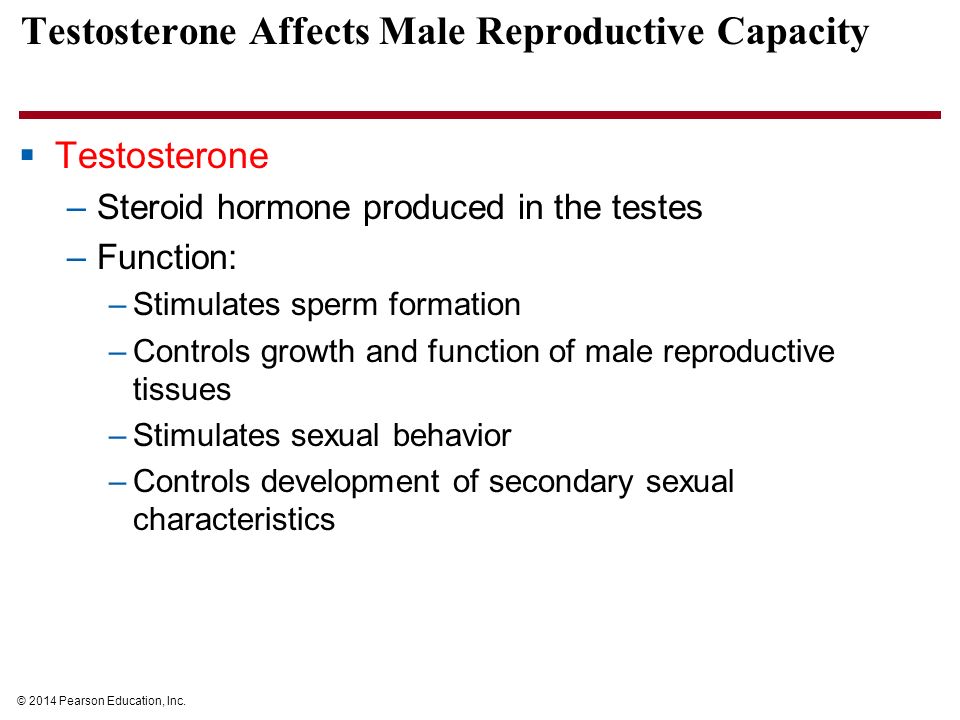Which Of The Following Events Is Stimulated By Testosterone

Testosterone, a hormone primarily associated with males, plays a crucial role in a wide range of physiological processes. Understanding its influence is paramount to comprehending human development, health, and behavior. But pinpointing which specific events are *solely* stimulated by testosterone requires careful scientific scrutiny, separating correlation from causation.
This article will explore several key events and processes where testosterone's influence is significant, examining the scientific evidence that supports its role. We will delve into muscle growth, bone density, red blood cell production, and libido, differentiating between direct stimulation and indirect influences. Ultimately, the aim is to provide a balanced overview of testosterone's multifaceted impact on the human body.
The Anabolic Effects: Muscle and Bone
One of the most well-known effects of testosterone is its anabolic action. This refers to its ability to promote the growth of tissues, particularly muscle and bone.
Testosterone stimulates muscle protein synthesis, increasing muscle mass and strength. It does this by binding to androgen receptors in muscle cells, triggering a cascade of events that ultimately leads to increased protein production. This effect is particularly evident during puberty in males, when testosterone levels surge.
Similarly, testosterone plays a crucial role in maintaining bone density. It stimulates the production of osteoblasts, the cells responsible for building new bone tissue. Low testosterone levels can lead to decreased bone density, increasing the risk of osteoporosis, especially in older men.
Erythropoiesis: Red Blood Cell Production
Testosterone also influences the production of red blood cells, a process known as erythropoiesis. This connection is often less discussed than its anabolic effects, but equally vital for overall health.
Testosterone stimulates the kidneys to produce erythropoietin (EPO), a hormone that signals the bone marrow to produce more red blood cells. Increased red blood cell production leads to enhanced oxygen-carrying capacity in the blood. Athletes have, unfortunately, abused this by artificially boosting testosterone or EPO levels to gain a competitive edge.
Studies have shown that testosterone supplementation can increase hemoglobin levels in individuals with low testosterone. This effect is significant because adequate red blood cell production is crucial for energy levels and overall physiological function.
Libido and Sexual Function
Perhaps the most widely recognized association with testosterone is its influence on libido, or sexual desire, and sexual function. This association is both direct and complex.
Testosterone plays a critical role in the development and maintenance of sexual characteristics in males. It contributes to the development of the penis and testes during puberty and the maintenance of sperm production throughout adulthood. A lack of testosterone can lead to sexual dysfunction.
Testosterone also influences the central nervous system, affecting mood, energy levels, and cognitive function, all of which can impact libido. While testosterone plays a significant role in sexual desire, it's important to acknowledge that other factors, such as psychological well-being and relationship dynamics, also contribute.
Beyond Stimulation: Modulation and Complex Interactions
It's crucial to understand that while testosterone stimulates these events, it rarely acts in isolation. The body's endocrine system is a complex network of hormones that interact and influence each other.
For example, while testosterone stimulates muscle growth, its effects are modulated by other hormones, such as growth hormone and insulin-like growth factor 1 (IGF-1). Additionally, nutritional intake and exercise habits play critical roles in determining the extent of muscle growth. Therefore, while testosterone provides the *signal*, it's not the *only* factor.
Furthermore, the conversion of testosterone to other hormones, such as estradiol (a form of estrogen), can also play a role in some of these events. For instance, estradiol is important for bone health in both men and women. The balance between testosterone and estradiol is therefore critical to consider.
Individual Variability and Clinical Implications
It is also important to acknowledge the considerable individual variability in response to testosterone. Factors such as age, genetics, and overall health can influence how testosterone affects an individual.
In clinical settings, testosterone therapy is used to treat a variety of conditions, including hypogonadism (low testosterone levels) in men. It can also be used to treat delayed puberty and certain types of breast cancer. However, testosterone therapy can also have side effects, such as acne, hair loss, and prostate enlargement, underscoring the need for careful monitoring.
Dr. Emily Carter, an endocrinologist at the National Institutes of Health, emphasizes, "Testosterone plays a vital role in numerous physiological processes, but it's crucial to approach its influence with a nuanced understanding. We must avoid oversimplification and consider the complex interplay of hormones and individual factors."
Conclusion: A Multifaceted Hormone
In conclusion, testosterone directly stimulates several key events in the human body, including muscle growth, bone density maintenance, red blood cell production, and libido. However, it is vital to recognize that these events are also influenced by other hormones, genetic factors, lifestyle choices, and individual variability.
Understanding the multifaceted role of testosterone is essential for comprehending human health and disease. Further research is needed to fully elucidate the complex interactions of testosterone with other physiological systems. This will allow for more informed and effective clinical interventions.
Ultimately, while testosterone is a powerful hormone, it is one piece of a complex puzzle. Appreciating its specific contributions within this intricate system is essential for promoting health and well-being.



+-+stimulates+Leydig+cells+in+testes+to+produce+testosterone..jpg)








.jpg)

+stimulates+the+testes+to+produce+testosterone+through+out+life..jpg)



